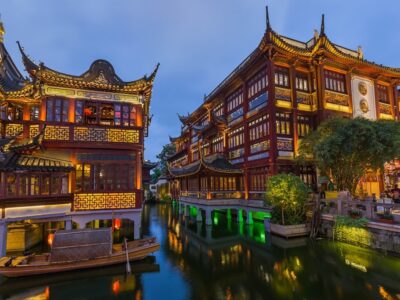
Many parts of China are thawing out from below-freezing temperatures as spring beckons. Shoulder season continues, making this an ideal time to visit China's most sought-after destinations before the high tourist season begins and travel costs go up.

July is hot—literally and figuratively—but its cities come alive with festivals, food, and fun. The extra daylight ensures jam-packed days to explore by land or water. Beat the heat by immersing yourself in Chinese culture, from cooking classes and crafts to folk festivals to nightly variety shows.
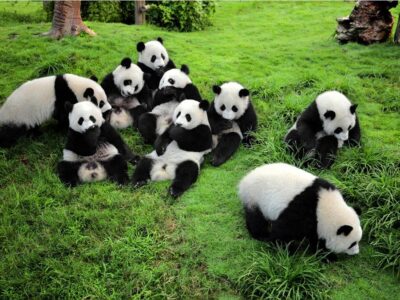
June is all about enjoying the great outdoors now that winter has gone and the sticky summer humidity has not quite started. The warmer the weather, the more tourists who arrive in China. There are several festivals in June, including the Dragon Boat Festival, in which revelers take to the water to race in colorful dragon boats, making this an ideal time to experience Chinese culture firsthand.
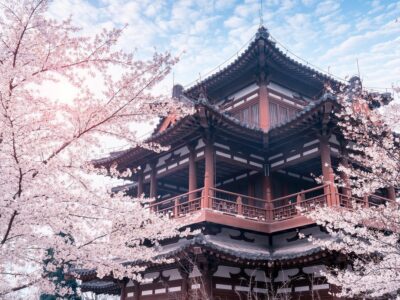
April is marked by rain showers and cherry blossoms, signaling spring in here. April straddles the tourist shoulder season and peak tourist season, which picks up in May. It’s an ideal time to explore China without the crowds and cold.
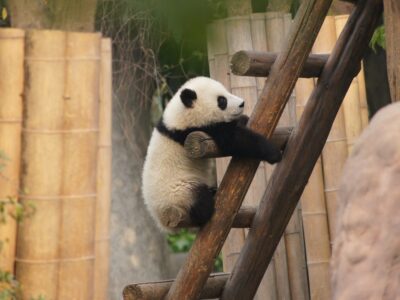
The height of summer can be an exciting time to visit China despite the heat and humidity. Cities are bustling and lively with throngs of travelers and locals soaking up the summer sunshine. Visitors are treated to several folk festivals this month, making it a uniquely special time to visit China.
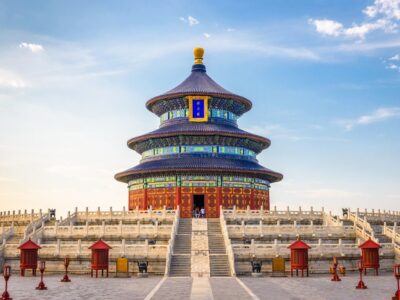
As it approaches fall, the air is crisp and cool, and China is awash in crimson and gold. September is a splendid time to visit, as fall combines the best of travel: comfortable temperatures, fewer travelers, and more bang for the buck.
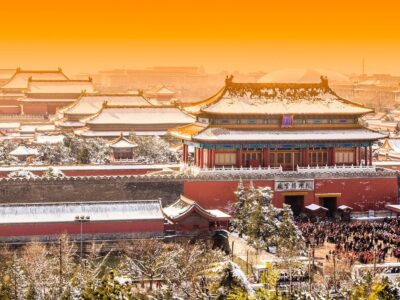
Timing is everything. Unless you want to partake in the world’s largest migration, it’s best to time your trip before or after Spring Festival, the Chinese New Year, a two-week festival that begins on January 25 in 2020 and February 12 in 2021 and February 1 in 2022 (timing is based on the lunar calendar). Most businesses close during the holiday as those who can afford it head home for the holidays. Traveling post-holiday can be a bargain. Those brave enough to face the fierce cold that blankets much of China in January are rewarded with a spectacular winter wonderland.
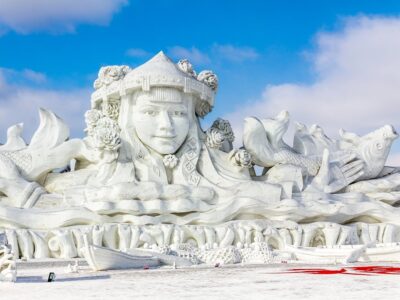
Once the new year’s celebrations wind down, it is shoulder season in China. Unless you want to partake in the world’s largest migration, it’s best to time your trip before or after Spring Festival, the Chinese New Year, a two-week festival that sometimes occurs in February (timing is based on the lunar calendar). The Chinese New Year starts on February 12 in 2021 and February 1 in 2022. Most businesses close during the holiday as those who can afford it head home for the holidays. Traveling post-holiday can be a bargain. Those brave enough to face the fierce cold that blankets much of China in February are rewarded with a spectacular winter wonderland.
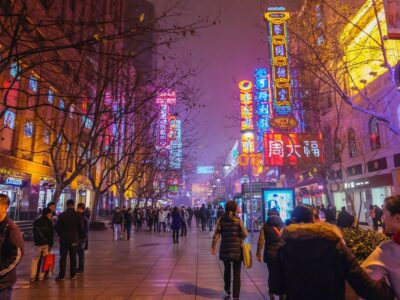
As the calendar year comes to a close, winter begins in China. As temperatures drop, so do the crowds and prices, making this the perfect season to take an extended trip to discover China’s treasures and ring in the western new year with a bang (or gong!)._x000D_
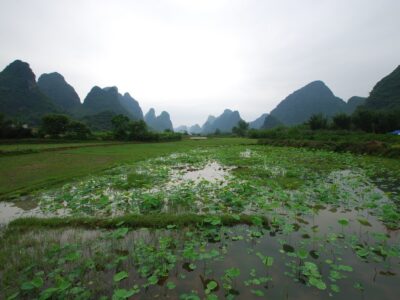
November is a time of transition: the hordes of tourists have gone home, the sweltering heat and humidity that blankets much of China during the summer is a mere memory, and fall foliage has disappeared. It’s a golden opportunity to visit China thanks to the lack of crowds, decent weather that fluctuates from fall to winter, and moderate travel costs.
